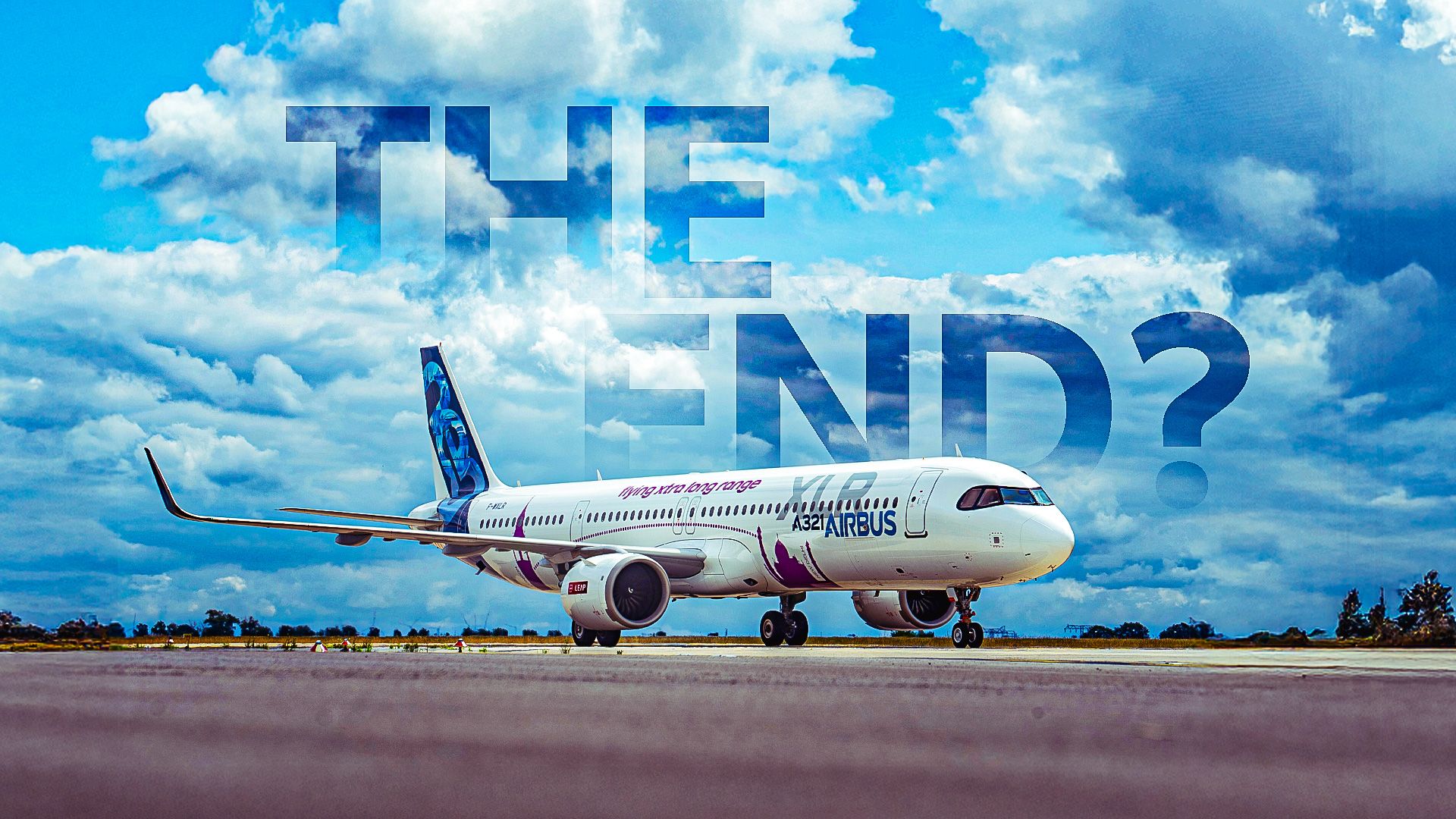BREAKING: The launch of the Airbus A321XLR is poised to significantly disrupt Boeing’s stronghold in the long-range narrowbody market. As Airbus introduces this groundbreaking aircraft, Boeing faces increasing pressure to respond effectively or risk losing its competitive edge.
The A321XLR, unveiled earlier this year, boasts a remarkable range of 4,700 nautical miles, making it a game-changer for airlines seeking to open new transatlantic routes without the expense of larger widebody aircraft. In stark contrast, Boeing’s last successful entry in this segment was the 757, discontinued in 2004. With airlines like United Airlines and Icelandair already eyeing the A321XLR as a viable replacement, the implications for Boeing are urgent.
Airbus has strategically positioned the A321XLR to fill the gap left by the outdated 757, which once dominated long-range narrowbody travel. The A321XLR’s efficient design and lower operational costs allow airlines to serve long-haul destinations with fewer passengers, reducing the risk of low load factors—an attractive proposition in today’s market.
Experts emphasize that Boeing’s attempts to stretch the 737 have reached structural limits, making it increasingly difficult to compete with Airbus’s innovative approach. As airlines pivot towards the A321XLR, Boeing’s strategy of extending the 737 is under scrutiny, with many analysts questioning its viability.
“Airbus has effectively targeted the gap left by the discontinued Boeing 757,”
a Reuters report stated, highlighting the strategic advantage Airbus now holds. Boeing’s delayed plans to introduce a new mid-market aircraft, referred to as the NMA, further complicate its position, especially as Airbus rapidly gains market share.
The A321XLR’s development has been driven by several key factors that resonate with airlines today:
1. **Commonality and Cost Efficiency:** The A321XLR leverages the A320neo architecture, minimizing development risks and costs.
2. **Range and Fuel Capacity:** Equipped with a novel rear center fuel tank design, the A321XLR pushes the limits of range and payload.
3. **Market Demand for “Long and Thin” Routes:** Airlines are increasingly seeking aircraft capable of servicing new long-haul destinations without the commitment to larger widebodies.
4. **Boeing’s Focus on Updating the 737:** Boeing’s prioritization of the existing 737 model over a new 757-style platform has left it vulnerable.
As the aviation landscape shifts, the urgency for Boeing to develop a competitive response is palpable. The company has considered reviving the 757 or moving forward with a completely new design, yet both options present significant challenges, including high development costs and prolonged timelines.
Despite these hurdles, the A321XLR is not without its limitations. Its modest seat count compared to wider aircraft could hinder operations on ultra-long sectors, and unforeseen operational issues could slow its adoption. However, the immediate impact of Airbus’s strategic maneuver cannot be overstated.
As the competitive dynamics in aviation evolve, all eyes will be on Boeing’s next moves. Will the company innovate to reclaim its position, or will Airbus continue to dominate the long-range narrowbody segment? The stakes are high, and the response from airlines and industry analysts indicates that the balance of power in single-aisle aviation may tilt further in Airbus’s favor.
Stay tuned for updates as this story develops. The decisions made in the coming months will shape the future of aviation for years to come.






